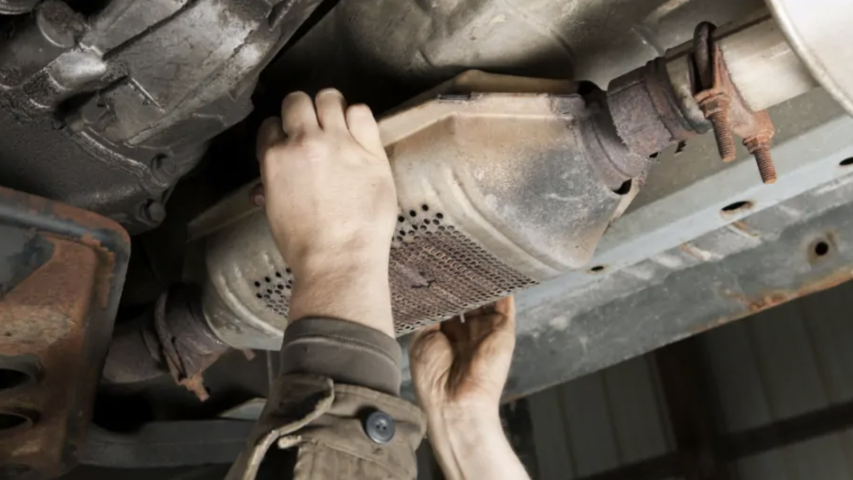
If you own a car, you have probably heard of a catalytic converter before. But do you know what they do, and did you know that they need to be maintained? Most people are not familiar with how to perform maintenance on their catalytic converter. Just like changing your engine oil, performing maintenance on your catalytic converter will help extend its life and ensure that your exhaust system performs smoothly for as long as you own your vehicle. Keep reading below for a guide on catalytic converter maintenance.
What Is a Catalytic Converter
Before we hop right into the maintenance tips, it will help to have a basic understanding of the function of your converter. Your catalytic converter is a vital part of your car’s exhaust system. It sits between the exhaust manifold and the tailpipe. Catalytic converters are made of precious metals like platinum, rhodium, and palladium. They use chemical reactions to convert the harmful gases like carbon monoxide and others in your exhaust gases to less harmful gases like carbon dioxide. Without a properly working catalytic converter, your car would not be able to pass an emissions test, and it would be unsafe to drive as harmful gases could enter the cabin.
How to Maintain a Catalytic Converter
You want to keep your converter in good working condition because replacing a catalytic converter can be quite expensive. So, exactly what can you do to keep it in tip top shape? The first thing you can do is to use a catalytic converter cleaner on a regular basis. This helps remove any buildup or carbon deposits that have accumulated in your catalytic converter. These cleaners are inexpensive and very easy to use. They usually cost less than $10 per bottle, and you simply pour the liquid into your gas tank. Not only do they help clean and maintain your catalytic converter, but most of these products also clean your fuel injectors and fuel system too. Run a bottle of this cleaner through your gas tank every 1,000 miles or so to help keep your catalytic converter in great shape.
The next thing you can do is to avoid frequent, short trips in your vehicle. Your catalytic converter needs to reach full operating temperature to work properly and sufficiently burn off carbon and other deposits. It usually takes 10-15 minutes for your car to reach full operating temperature. If you consistently drive your vehicle on shorter trips than this, then your catalytic converter is never able to fully clean itself. This can lead to excessive buildup and even a clog in your catalytic converter. So, make sure that you regularly drive your car on a longer trip so that your converter has time to reach operating temperature and burn off any deposits that might be lingering in there.
Finally, be sure to use quality fuel that contains detergents and additives for cleaning your engine. Cheap fuel without these additives does not burn as cleanly, and it will leave more deposits behind in your engine and exhaust system. Sticking with the name brand gasoline can help ensure that your catalytic converters stay as clean as possible for the life of your car.
Catalytic Converter Repair or Replacement
If you have not been performing routine maintenance on your catalytic converter and now have a problem with it, there are some things you can do. There are stronger cleaners available that can help to restore your converter to its original condition. However, if that option does not work, then you might be looking at a replacement after all. This can cost anywhere from $1,000 – $3,000, so make sure that you plan to keep the car for quite some time to make your investment worth it. If not, then you might be better off selling your car to someone who will buy it even in its current condition. There are car buying services out there today who make selling your car in any condition a breeze. If your car is older and has some other issues anyway or you were already planning on upgrading, then this is probably your best bet instead of sinking additional money into your vehicle to replace the catalytic converter.










